GANJA
Azerbaijan
HISTORICAL NOTES
Shah Abbas
The area known as Shah Abbas or Bazaar Square continues to serve as the main square of the city today. Historically, this was a large area where caravans passing through the city stopped, established relations with each other, and sold their products. Today, that market is located a little far from this square, but there has been an effort to preserve the atmosphere of the ancient eastern markets. Shah Abbas Caravanserai, where ancient trade caravans used to stay, opens its doors to visitors who want to come to Ganja and feel the historical atmosphere.
Imamzade
The "Imamzade" religious-architectural complex, located 5 km outside the city, is one of the most visited places by both city residents and residents of the surrounding regions. The complex was formed around a tomb erected on the grave of Ibrahim, the son of Imam Mohammad Baghir, one of the Islamic imams, who died in the 8th century. Today, the tomb has been preserved and exhibited, and a large mosque has been built on it. The complex includes a mosque, a conference building and a number of auxiliary buildings, as well as a large cemetery with ancient graves and tombs.
Gadanalim
"Gadanalim" is one of the most frequently used expressions in Ganja and everyday conversation. The expression is most often used when addressing someone. The meaning of gada - trouble, pain, purchase - is from the verb to buy, and it is used in the sense of taking all the troubles and pains of the other person.
WHAT TO EAT
Ganja ketesi
On the way up to Kepaz mountain from Ganja city, you can taste a very good dish - "Ganja ketesi" - on the Hajikand plateau. Ganja keta when eaten with local cream creates a mysterious taste that melts in your mouth. This dish is one of the favorite local dishes of all the people who know Ganja. It is made in the shape of a crescent: firstly you fill the opened dough with stuffing obtained by chopping various greens and mixing it with salty or white cheese. After that, the meat is cooked on a griddle and Ganja cream or butter is spread on it and presented to the table together with sumach.
Ganja Baklava
Although baklava is made in many regions of Azerbaijan, baklava made in Ganja is completely different. In different cities and regions of Azerbaijan, Ganja baklava is usually prepared on the eve of Novruz holiday, for engagement and wedding parties. This sweet differs from the baklavas cooked in other regions due to its size and the spices added to it. Ganja baklava is usually cooked in a copper pot, over embers, and cut into a large diamond shape.
Dovga
The people of Ganja are always proud of the perfection of their dovga, they consider the number of greens used (6 types of greens) and fatty buffalo yogurt as another advantage of dovga. Despite the simplicity of this dish, it is very tasty and delicious. In Ganja, this dish is usually prepared alongside other dishes, mostly after the main meal. Ganja dovga is a must-have for various gatherings.
MUST-SEE
Imamzade
For those who want to feel the spirit of the East, the "Imamzade" religious architectural complex, located on the outskirts of Ganja, is a must-see. Historical architectural monument of the 8th century, "Imamzade" is a religious-cultural complex, popularly known as "Blue Dome", "Blue Mosque" or "Blue Imam", and it is considered one of the most valuable architectural monuments of the city and Azerbaijan as a whole. The most valuable monument of this complex is the tomb. Ibrahim, the son of the fifth imam Muhammad Baqir, was buried here.
Goygol and Maralgöl
Goygol and Maralgöl are among the most beautiful places that nature lovers should visit. As a result of the earthquake in Ganja in 1139, a part of Kepaz mountain fell and blocked Agsu river. This natural phenomenon led to the creation of Goygöl, the most beautiful place in Azerbaijan. Maralgöl is one of the lakes formed around Murovdag as a result of the same earthquake as Goygol. The lake with a depth of 60 meters is surrounded by green forests.
City of Goygol
The Lutheran church in Goygol is also one of the interesting places that can arouse the interest of visitors. The village of Yelenendorf, founded by German colonists in 1819, is currently the basis of the city of Goygol. The history of German colonists in Azerbaijan begins here. Yelenendorf, which became the center of German culture in the Caucasus, was known for its winemaking industry, selling wine and other alcoholic beverages in the Russian Empire.
PICTURES
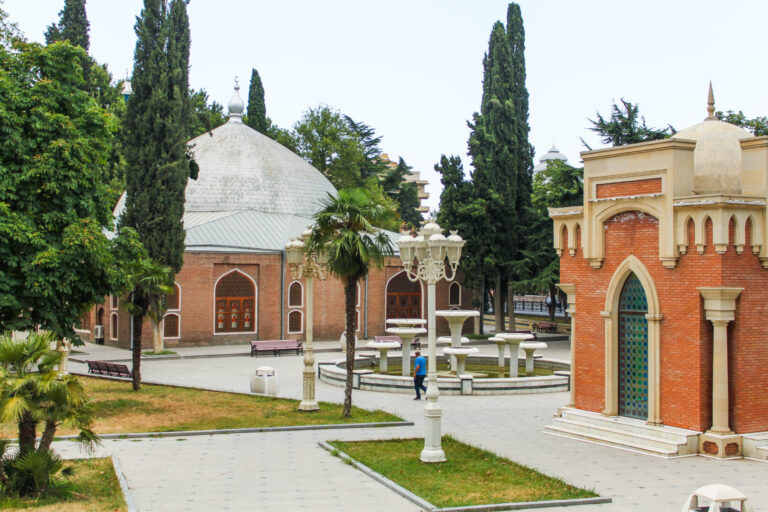
Imamzade
Ganja, Azerbaijan
Elbəy Əliyev
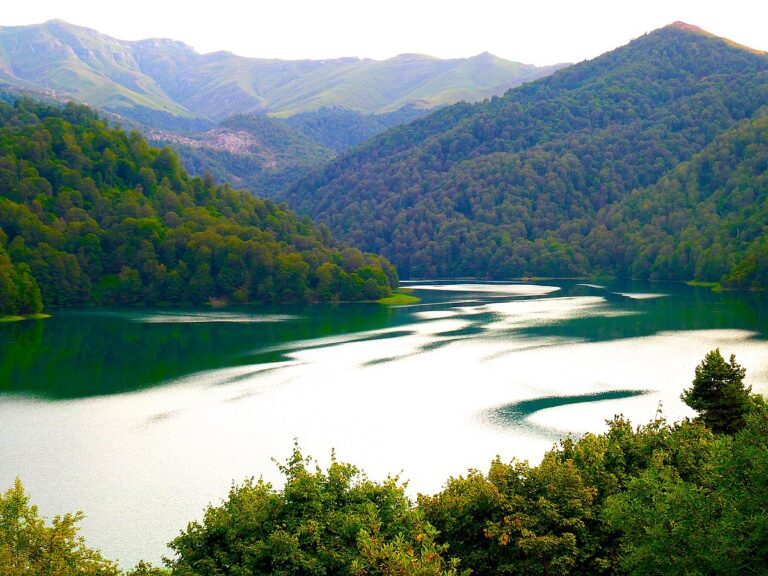
Kepaz
Ganja, Azerbaijan
Elbəy Əliyev
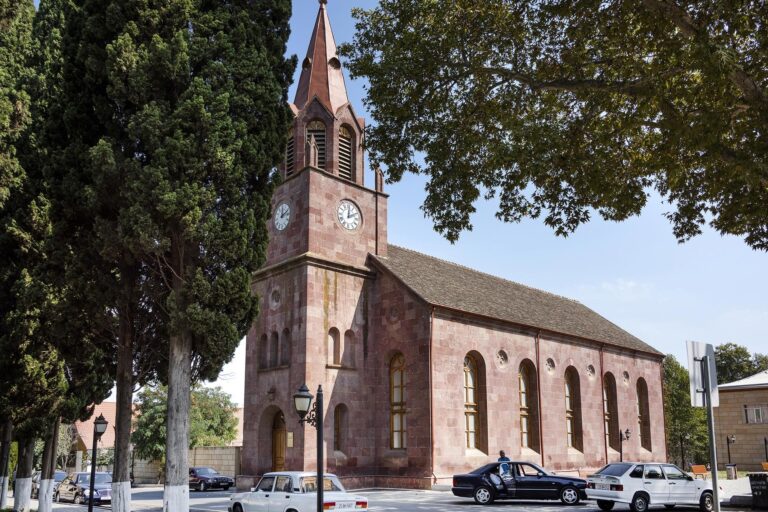
Helenendorf
Ganja, Azerbaijan
Elbəy Əliyev
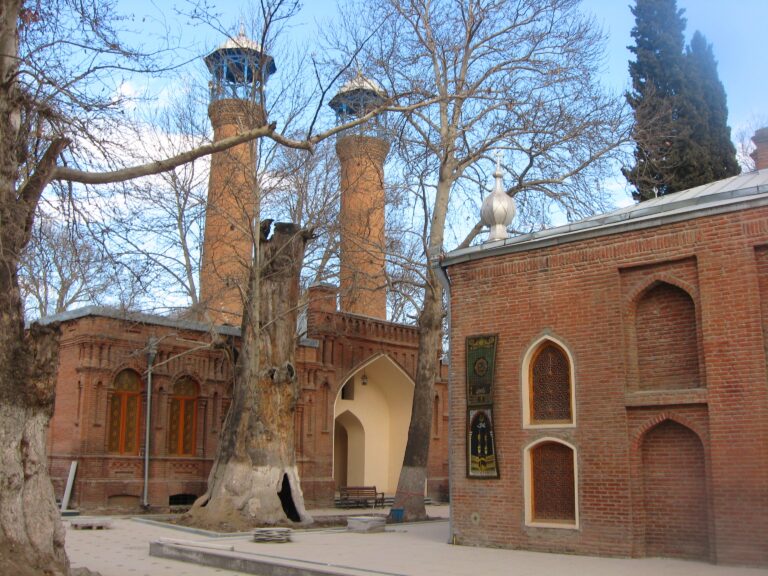
Imamzade
Ganja, Azerbaijan
Elbəy Əliyev
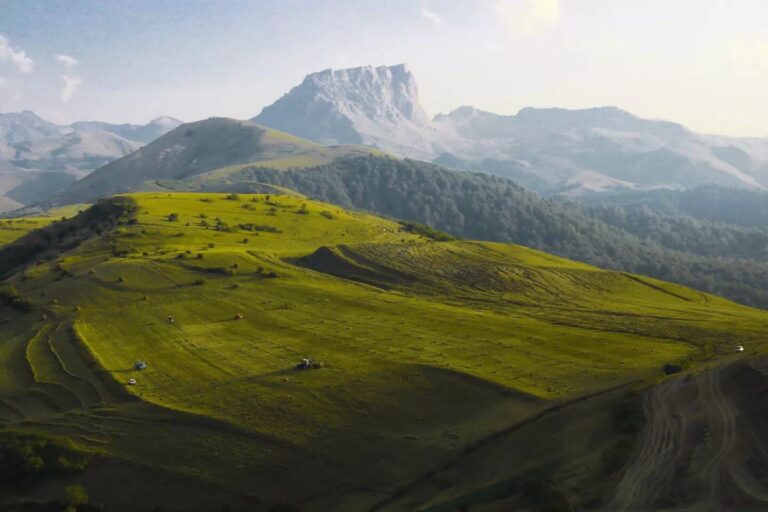
Kepaz
Ganja, Azerbaijan
Elbəy Əliyev
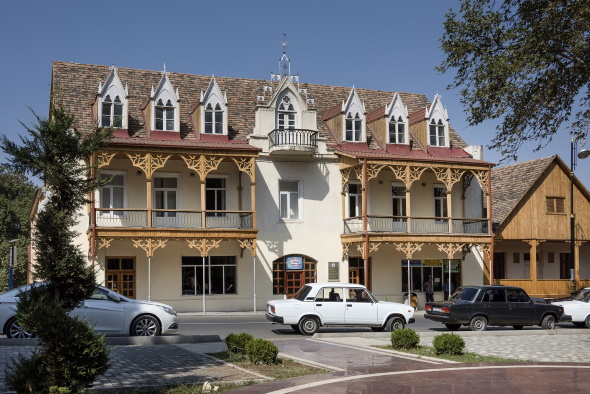
Helenendorf
Ganja, Azerbaijan
Elbəy Əliyev
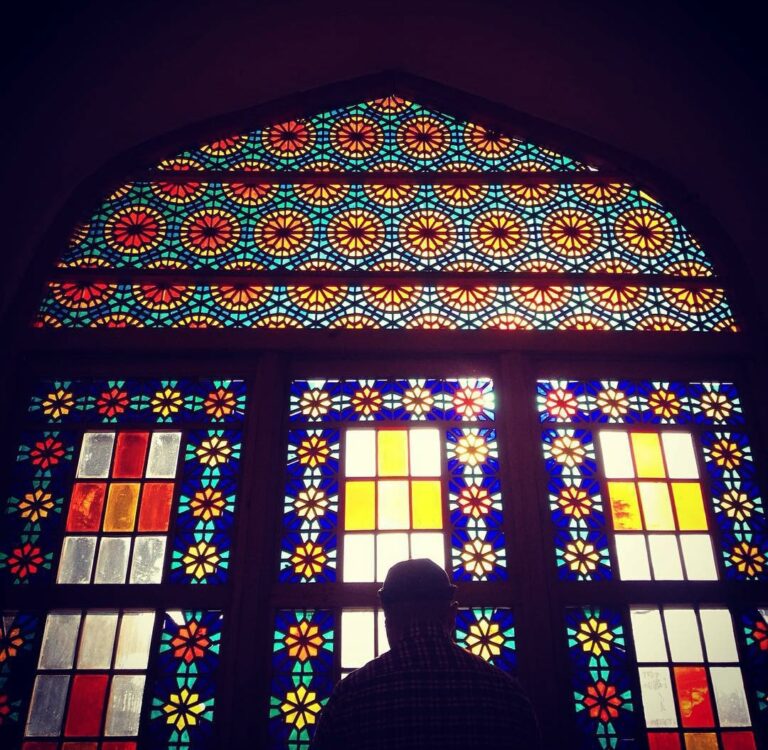
Imamzade
Ganja, Azerbaijan
Elbəy Əliyev
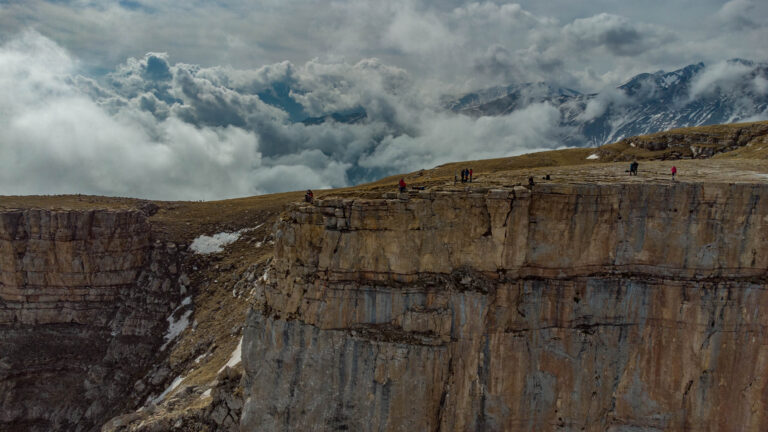
Kepaz
Ganja, Azerbaijan
Elbəy Əliyev
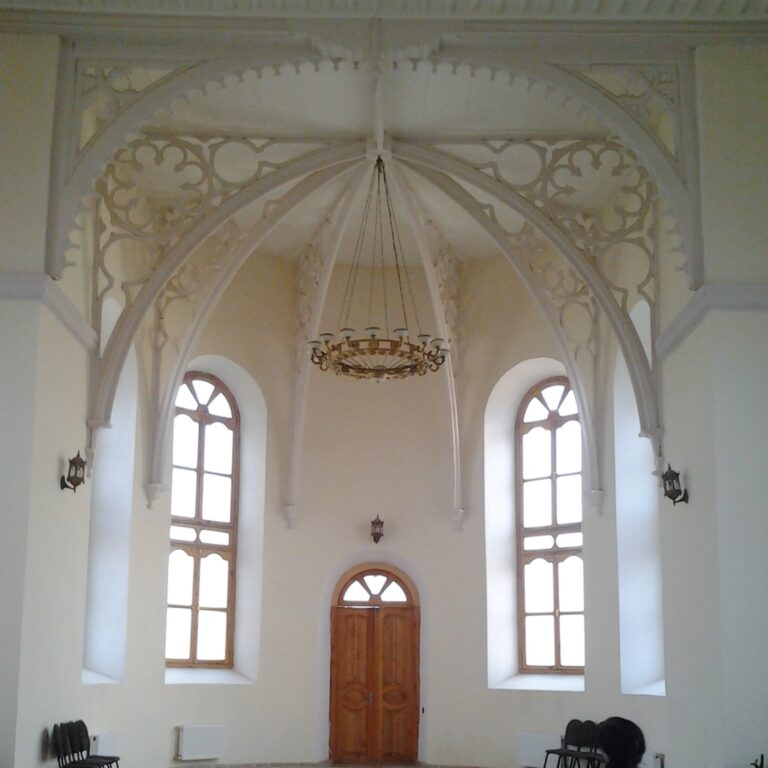
Helenendorf
Ganja, Azerbaijan
Elbəy Əliyev
LOOK FOR THE OTHER TALKING PLACES AROUND YOU
Tagged azerbaijan
